NATURAL BAMBOO FLOORING


Eco-friendly: As a grass, bamboo is one of the world's fastest-growing plants, reaching maturity in five years or less. It is highly renewable, self-regenerating after harvest, and produces 30% more oxygen than a comparable hardwood forest.
Durable: High-quality strand-woven bamboo is exceptionally hard and resistant to wear, making it suitable for busy households.
Moisture-resistant: Bamboo is more resistant to water damage and stains than many hardwoods, though it is not waterproof.
Aesthetically flexible: Offers a clean, modern, and often uniform look, with a variety of colors available through a process called carbonizing.
Easy to maintain: Basic care includes regular sweeping and occasional damp mopping with a pH-neutral cleaner.
Can be refinished: Like hardwood, solid bamboo floors can be sanded and refinished multiple times to remove scratches and restore their luster.

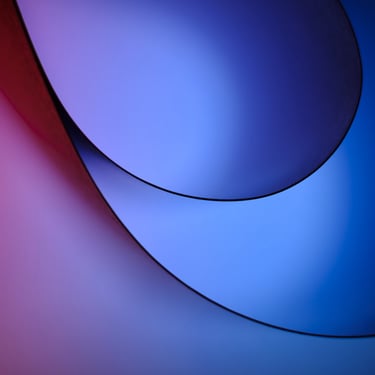
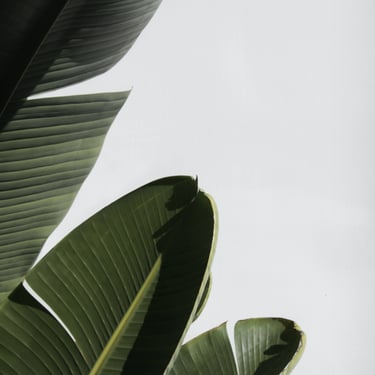
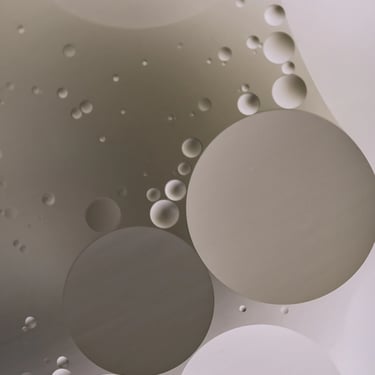

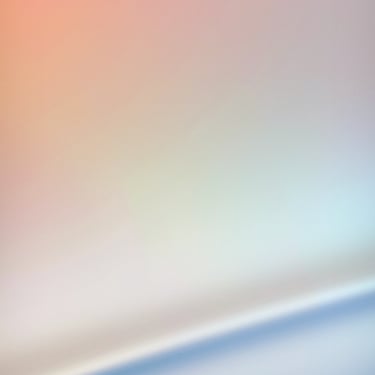
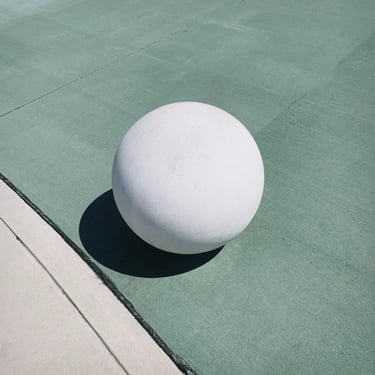
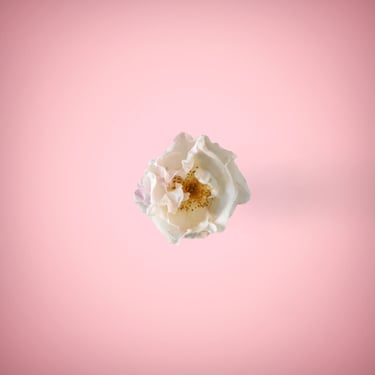
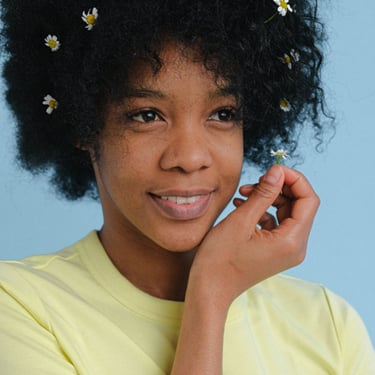








Bamboo flooring is an eco-friendly and durable material known for its modern aesthetic and sustainable properties. Made from the bamboo grass plant, it offers a stylish alternative to traditional hardwood.
Types of bamboo flooring
Bamboo flooring comes in three primary constructions, with significant differences in strength and appearance.
Strand-woven: The most durable type, manufactured by shredding bamboo stalks into strands, compressing them with resin binders under extreme heat and pressure, and cutting them into planks.
Durability: Strand-woven bamboo is twice as hard as horizontal or vertical bamboo and often surpasses the hardness of oak.
Appearance: Features a unique, random grain pattern.
Applications: Ideal for high-traffic areas in homes or commercial properties.
Horizontal: Created by gluing strips of bamboo together horizontally. This displays the distinctive, wide grain of the bamboo stalk, including the characteristic "knuckles" or growth rings.
Vertical: Made by gluing narrow strips of bamboo together vertically. This construction results in a more uniform, lined pattern with a thinner, less prominent grain.
Engineered: Features a thin veneer of bamboo bonded to a plywood or medium-density fiberboard (MDF) core. It is generally less expensive and durable than solid bamboo.

